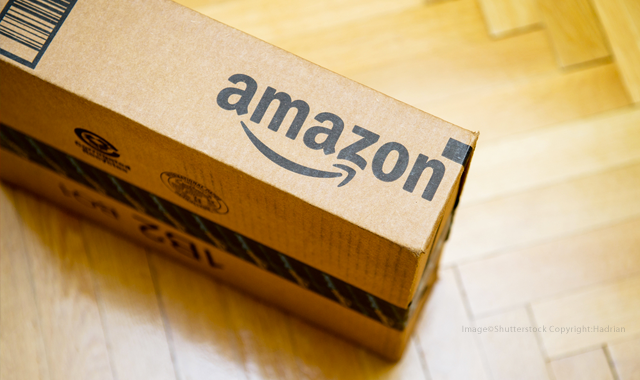Alexa, Should Amazon Sell Prescription Drugs?
One pharmacist's take on the recent Amazon news.

What changed Amazon’s mind about getting into the prescription drug distribution business? Maybe it was the hard facts and figures. Maybe it was one of Jeff’s able advisors. Or maybe, just maybe, he simply asked Alexa what to do.
Jeff: Alexa, should I continue to pursue the prescription drug business? I’m getting a lot of criticism over this idea.
Alexa: No Mr. Bezos. This is nuts. Get out. Get out as soon as possible!
And he did.
For months the pharmacy industry was bracing for a potentially major shakeup as Amazon appeared to be looking for a piece of the pharmacy pie. It turns out, however, that there appears to be a better markup on cookbooks than on Compazine. According to a CNBC report “Amazon has shelved plans to sell and distribute pharmaceutical products through Amazon Business, its marketplace for business customers.”
To some of us this comes as no surprise. I wrote back in May 2017 that the move would likely prove bad for Amazon. As an admirer of the online sales giant, I’m personally glad they decided to move away from pharmaceuticals before it was too late. It’s not so much that I feared their presence threatened other retailers and wholesalers. It is just that the margins are not there. Amazon should stick to what it knows best.
Adam J. Fein, author of Drug Channels, and producer of a variety of excellent pharmacy supply chain summaries, didn’t see much hope for Amazon in pharmacy either. As he wrote on his blog last month, “I would never underestimate Amazon. However, I believe that Amazon has limited feasible options for disrupting pharmacy and PBM markets.”
For me, this is not actually great news for the supply-side pharmacy market. If Amazon doesn’t see enough room for profit in an industry generating over $400 billion already and slated to do $610 billion in annual revenue by 2021, I’m not sure what hope there is for most other retailers and distributors.
Related article: The 4 Ways Pharmacy Is Evolving
This says a lot about the squeeze going on in the pharmacy industry when it comes to being profitable. The mergers and acquisitions are rapidly reducing the number of players in the retail world. Target is gone. Rite Aid isn’t far behind. Hospitals are feeling the pressure of increased scrutiny of 340B business. And all this struggle to make a profit means pharmacies are trying to fill more prescriptions with fewer pharmacists and more techs.
This also goes to show how entrenched are some of the relationships along the prescription drug supply chain. For example, there is the deep relationship between Walgreens and AmerisourceBergen, currently wedded together in a supply deal scheduled to last at least five more years and reportedly worth over $400 billion dollars. Then there is the virtually impenetrable tie between the CVS Health businesses of the Caremark PBM, Caremark Specialty Pharmacy, and the CVS chain. And then there are all the various hospital supply contracts which include complicated GPO and 340B arrangements that can’t be simply replaced by a competitor in the market.
Finally, Amazon’s about-face just highlights the overall complexity of this industry. Experts who truly understand all the sides of this business are few and far between. The pharmaceutical sales business is clouded with complex revenue streams, clawbacks, DSCSA, cold chain supply issues, limited distribution, rebates, buying groups, contracting, REMS programs, and too many more challenges to name.
And so, for now at least, Amazon has appeared to leave the prescription business to CVS and Walgreens. But one just never knows when Jeff might have a change of heart.
Jeff: Alexa, maybe next year?